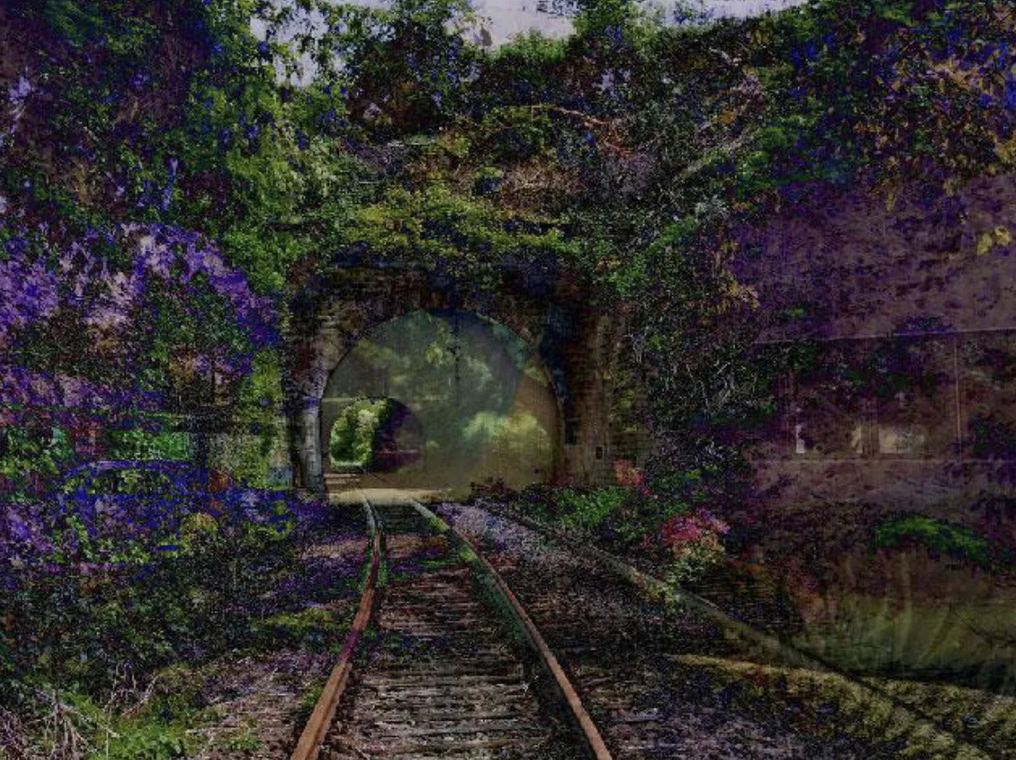-
As AI-Generated Art Proliferates, So Do Legal Questions
12/08/2022
 In the last few years, aided by the rise of non-fungible tokens (“NFTs”), digital art has become an increasingly important part of the art market. Now a new frontier seems to be opening up: art that is created at least in part using artificial intelligence (“AI”) technology. Indeed, just as NFTs have crossed into the traditional art market, artists who are creating using AI are likewise being welcomed onto the art scene (for example, by gaining gallery representation). As this trend unfolds, we art lawyers find ourselves wondering how AI art will interact with our current copyright system. These questions are only beginning to percolate in litigation, but here are a few issues we’ll be watching for:
In the last few years, aided by the rise of non-fungible tokens (“NFTs”), digital art has become an increasingly important part of the art market. Now a new frontier seems to be opening up: art that is created at least in part using artificial intelligence (“AI”) technology. Indeed, just as NFTs have crossed into the traditional art market, artists who are creating using AI are likewise being welcomed onto the art scene (for example, by gaining gallery representation). As this trend unfolds, we art lawyers find ourselves wondering how AI art will interact with our current copyright system. These questions are only beginning to percolate in litigation, but here are a few issues we’ll be watching for:
IS AI-GENERATED ART COPYRIGHTABLE?
There are artists working with AI who have sought and received copyright registrations for their works (see here for an example). But one pending lawsuit is seeking to conclusively resolve the question. In a federal case pending in Washington, D.C., plaintiff Stephen Thaler seeks to challenge a determination by the Copyright Office that he cannot obtain copyright protection for his AI-generated artwork because it lacks “human authorship” necessary to support a copyright claim. The plaintiff’s complaint claims the Copyright Office is drawing on analogies to case law holding that, for example, a monkey cannot hold a copyright. But the plaintiff proposes other analogies, such as the property law premise that, if someone owns a tree, they also own the fruit of that tree, or the idea that the AI is essentially creating a work for hire. Overall, the plaintiff urges that because Dr. Thaler owns the AI, he also owns the intellectual property generated by the AI. We’ll continue to monitor the case, which is in its early stages.
And this case may not provide all the answers. The copyrightability of AI-generated art may depend on the nuances of a particular situation, including how the AI in question works and how much a human works with the art after it is generated.
DOES AI-GENERATED ART VIOLATE ANYONE ELSE’S COPYRIGHT?
Separately, courts will eventually face questions about whether, at least in some cases, AI-generated art may violate copyrights held by someone other than the artwork’s creator. This is because some AI technology depends upon the use of images that have been “scraped” from the internet, which are then analyzed by computer so that the AI technology can “learn” from them. The basic idea is that once the AI is able to look at an image caption and predict what an image matching that caption should look like, a user can give it a new caption and it can generate a new image. In a decision earlier this year, the Ninth Circuit addressed “scraping” practices through the lens of a federal statute called the Computer Fraud and Abuse Act, but did not examine whether the practice might give rise to copyright liability. (For another case involving “scraped” data, see here.) As one commentator has observed, there are some parallels between scraping data and the “Google Books” project, which spawned litigation a few years ago and was ultimately held by the Second Circuit to be fair use (see here and here). But for now, whether “scraping” infringes the copyrights of the works being copied remains an open question.
Courts may also need to explore a slightly different question of whether the images being created by the AI are so similar to some of the scraped existing images that they might infringe them. As other commentators have noted, even if AI technology does not create an exact duplicate of an existing artwork, what about images that are very similar, or which recreate a known cartoon or fictional character, or that closely imitate a known artist’s style (a tricky line to walk under current copyright law, see here for an example)?
LOOKING AHEAD
AI-generated art has myriad potential applications, from experimental conceptual art to set design. It can also be used to create knockoffs and imitations of artists’ work, or to do work that customers might otherwise have paid a real live artist to do (see here and here for some thoughts on AI and creativity). But it will likely be years before the courts reach a consensus on some of the complex copyright questions posed by this technology. In the meantime, companies active in the AI-generated art space are seeking to mitigate the uncertainty in a variety of ways. For example, stock image clearinghouse Getty Images recently decided to ban AI-generated art from its platform. Other companies, especially those providing AI tools, may be seeking to shift or otherwise address risk via the contractual terms of service that a user accepts when using the AI. For now, anyone intrigued by AI-generated art should be aware that it currently exists in a gray area as far as copyrightability and copyright infringement.
Art Law Blog
